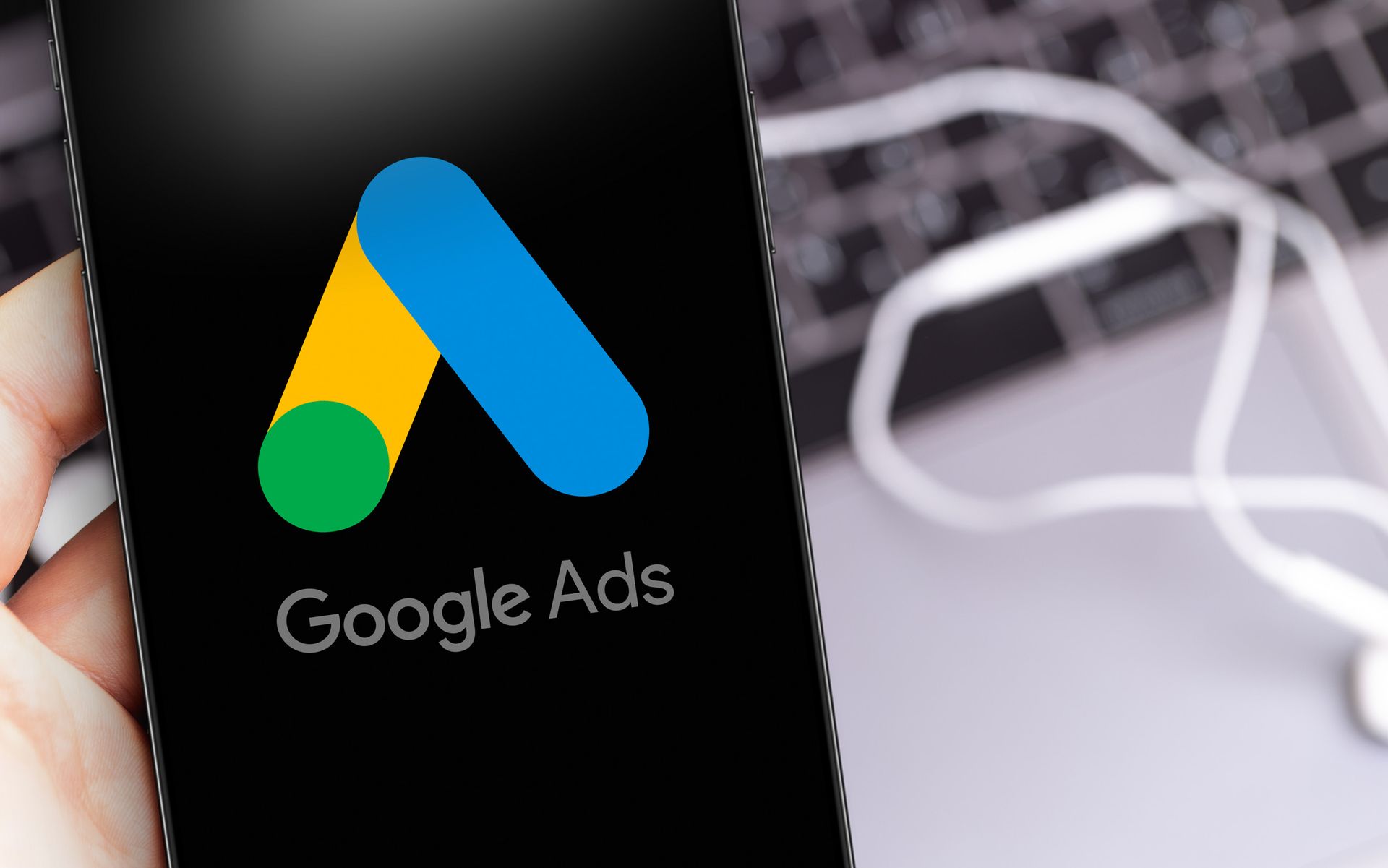Mastering User Experience Design for Ultimate Impact
Creating a seamless user experience is key to driving engagement and conversions. A professional web design agency Sunshine Coast can help craft intuitive, user-friendly websites tailored to your audience’s needs. Partnering with a Sunshine Coast digital marketing agency ensures that your design not only looks great but also performs optimally, driving traffic and boosting your business. Whether it's mobile responsiveness or ease of navigation, prioritizing user experience is essential to maximize your website’s impact and achieve long-term success.
In a digital world where first impressions can make or break a brand, designing for user experience (UX) is more critical than ever. Whether you're launching a new app, revamping a website, or enhancing an existing product, focusing on the user's experience can set you apart from the competition.
This ultimate guide will help you understand the essentials of UX design, offering practical tips and insights to elevate your project.
Why User Experience Design Matters
User experience design is about more than just aesthetics. It's about creating a seamless, intuitive, and enjoyable interaction between the user and your product. When done right, UX design can increase user satisfaction, boost engagement, and drive conversions. Poor UX, on the other hand, can frustrate users and lead them to abandon your product altogether.
Understanding the Basics of UX Design
Before we dive into the specifics, let's clarify what UX design entails. At its core, UX design is the process of enhancing user satisfaction by improving the usability, accessibility, and pleasure provided in the interaction with a product. It involves understanding user behaviours, needs, and motivations through various research methods and applying these insights to design interfaces that are both functional and enjoyable.
The Role of Research in UX Design
Research is the foundation of any successful UX design project. It helps you understand your users' needs, preferences, and pain points. There are several types of UX research, including surveys, interviews, focus groups, and usability testing. Each method provides valuable data that can inform your design decisions and ensure your product meets user expectations.
Creating User Personas
User personas are fictional characters that represent your target audience. They help you visualise and empathise with your users, making it easier to design with their needs in mind. When creating user personas, consider demographic information, goals, challenges, and behaviours. Use this information to guide your design choices and ensure your product resonates with your audience.
Mapping User Journeys
A user journey map is a visual representation of the steps a user takes to achieve a goal with your product. It helps you identify pain points and opportunities for improvement within the user experience. By mapping out the user journey, you can better understand how users interact with your product and design more intuitive and seamless experiences.
Wireframing and Prototyping
Wireframes are basic, low-fidelity sketches of your product's layout and structure. They help you visualise the placement of elements on each screen and ensure a logical flow. Prototyping takes wireframing a step further by adding interactive elements, allowing you to test and refine the user experience before development begins. Tools like Sketch, Figma, and Adobe XD are popular choices for wireframing and prototyping.
The Importance of Usability Testing
Usability testing involves observing users as they interact with your product to identify any issues or areas for improvement. This can be done through moderated sessions, where a facilitator guides the user through tasks, or unmoderated sessions, where users complete tasks independently. Usability testing provides valuable insights into how real users experience your product and helps you make data-driven design decisions.
Designing for Accessibility
Accessibility is a crucial aspect of UX design that ensures your product is usable by people with disabilities. This includes considerations for visual, auditory, motor, and cognitive impairments. Designing for accessibility not only broadens your potential user base but also demonstrates a commitment to inclusivity. Implementing features like keyboard navigation, screen reader compatibility, and sufficient colour contrast can significantly improve accessibility.
The Role of Visual Design in UX
While UX design focuses on functionality and usability, visual design plays a critical role in creating an engaging and enjoyable user experience. Good visual design enhances usability by guiding users' attention and making interactions intuitive. It also establishes brand identity and evokes emotions, both of which contribute to a positive user experience. Balance aesthetics with functionality to create a harmonious and effective design.
The Impact of Micro-interactions
Micro-interactions are small, subtle animations or design elements that provide feedback and enhance the user experience. Examples include a button changing colour when hovered over or a loading spinner appearing while content is being fetched. These tiny details can make a significant difference in how users perceive and interact with your product. Thoughtfully designed micro interactions can improve usability, provide context, and add delight to the user experience.
The Role of Feedback in UX Design
User feedback is invaluable in the UX design process. It provides insights into how your product is being used and highlights areas for improvement. Collect feedback through surveys, interviews, and usability testing, and use this information to iterate on your design. Encouraging users to share their thoughts and experiences helps you create a product that truly meets their needs.
Continuous Improvement and Iteration
UX design is an ongoing process that doesn't end once your product is launched. Continuously gather data, analyse user behaviour, and iterate on your design to ensure it remains effective and relevant. Regularly updating your product based on user feedback and changing trends helps you maintain a high-quality user experience and keeps users engaged and satisfied.
Collaborating with Other Teams
UX design is a collaborative effort that involves working closely with other teams, such as developers, product managers, and marketers. Effective communication and collaboration ensure that everyone is aligned on the project's goals and that design decisions are feasible and aligned with business objectives. Foster a culture of collaboration within your organisation to create a more cohesive and effective product.
Staying Updated with UX Trends
The field of UX design is constantly evolving, with new trends, and best practices emerging regularly. Stay updated by following industry blogs, attending conferences, and participating in online communities. Keeping up with the latest developments helps you stay ahead of the curve and ensure your designs remain innovative and effective.
Conclusion
Designing for user experience is a multifaceted process that requires a deep understanding of your users and a commitment to continuous
improvement. By prioritising UX design, you can create products that are not only functional and accessible but also enjoyable and engaging.
Remember, the ultimate goal is to provide value to your users and create memorable experiences that keep them coming back. If you're ready to elevate your UX design game, consider partnering with experienced professionals who can guide you through the process and help you achieve your goals.
Are You Struggling to Build The Perfect Website For Your Business?
Time to call in the web design specialists! At our web design agency on the Sunshine Coast, formerly known as Socialyze Marketing, we excel in meticulously creating websites from the ground up. Our expert team is committed to helping you adapt and execute the best practices outlined in this guide with precision and potency.
Ready to take your website to the next level?
Contact Socialyze Marketing today and give your visitors the fast, seamless experience they deserve.









